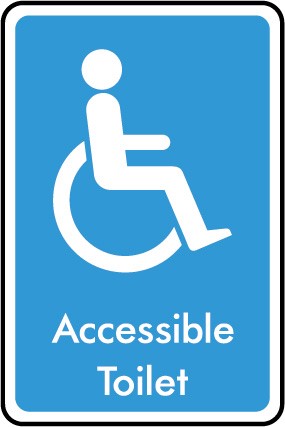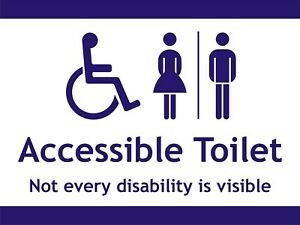In this blog produced for the Metropolitan Police Service Disability Staff Association, PC Erin Evans looks at how music can be used to promote recovery from brain and psychological injuries such as traumatic brain injury (TBI) and post-traumatic stress disorder (PTSD)
What do you think of when you hear the term ‘Music Therapy’? Does just listening to music pop into your head? There is so much more to music therapy than purely listening to music. Let me explain…

Music Therapy is an established psychological clinical intervention which helps people whose lives have been affected by injury, illness or disability through supporting their psychological, emotional, cognitive, physical, communicative and social needs.
The Bonny Method of Guided Imagery and Music (GIM) has been effective in addressing symptoms of PTSD such as flashbacks, nightmares, anxiety, insomnia and difficulty concentrating. The GIM process allows access to the subconscious feelings, images and memories, which provides empowerment and reconnection through self-understanding with the therapist.
Another technique taught by music therapists is ‘Music Breathing’: this is taught by deep breathing to the rhythm of a song of the client’s choosing. Breathing in this way is seen to help relieve stress and anxiety. When the client has a flashback, music breathing teaches them to breathe along to the rhythm of the song, which makes them focus on the breathing rather than the flashback. Breathing exercises can have other benefits such as a reduction in blood pressure. This is a tool to use for receptive music therapy containment.
A study found that there were greater improvements in symptoms of PTSD with music therapy than for people who were receiving cognitive behavioural therapy (CBT). Symptoms of PTSD include:
- Avoiding places and people
- Trouble sleeping
- Trouble concentrating
- Irritability, anger outbursts or aggression
- Reliving the experience through flashbacks, intrusive memories, or nightmares
- Overwhelming emotions with the flashbacks, memories, or nightmares
Following a group Music Therapy for PTSD study, it was discovered that the therapy was helping relieve certain symptoms of PTSD. The social element of the group addresses the symptom of avoidance as the participants must be aware of those around them.
Music Therapy helps people with poor concentration as they must engage with their sounds as well as others. Instruments such as drums can be used to help with aggression and irritability: playing the drums loudly is a way of expressing anger, giving the participants a sense of empowerment.
Music therapy has been used to help police officers affected by PTSD in Seoul, South Korea, and the project run there has been very effective. The project was aimed to help manage stress, negativity and to build up the inner strength to cope with the officers’ job more effectively.
Following a research paper on ‘How can music therapy help in the rehabilitation of Police Officers from forces across the South East of England suffering from PTSD’, it was found that in 2016-17 there were 971 officers who took time off work for mental health related illnesses, with an increase of 19.7% in Kent Police, whilst the national average of officers who take time off for mental health reasons being 10.4%. Hampshire Constabulary also said that mental health was the main cause of sickness. Primary research conducted on this paper found that that overall consensus is that Music Therapy is not quite understood, and that needs to be done to improve awareness of the technique.
The research also found that there are a large number of officers who have previously suffered or suffer from a mental health related illness. It also found that being a police officer is an authoritative role, and thus there is potential stigma attached to admitting to having a mental health related illness. The research highlighted that there is a high rate of trauma and PTSD within the police, and currently a lack of psychological support. The majority of officers felt that Music Therapy should be trialled, as many felt that it could be an alternative way of helping with trauma.
Current support is offered through occupational health with services such as CBT. However, unlike CBT, Music Therapy is not a manualised approach – it is client-led, evidenced-based, and qualitative rather than quantitative. Whereas other therapies such as CBT are short-term fixes, Music Therapy is a long-term treatment. ∎
This blog was originally published on the MPS intranet – it is reproduced here with kind permission of the author



